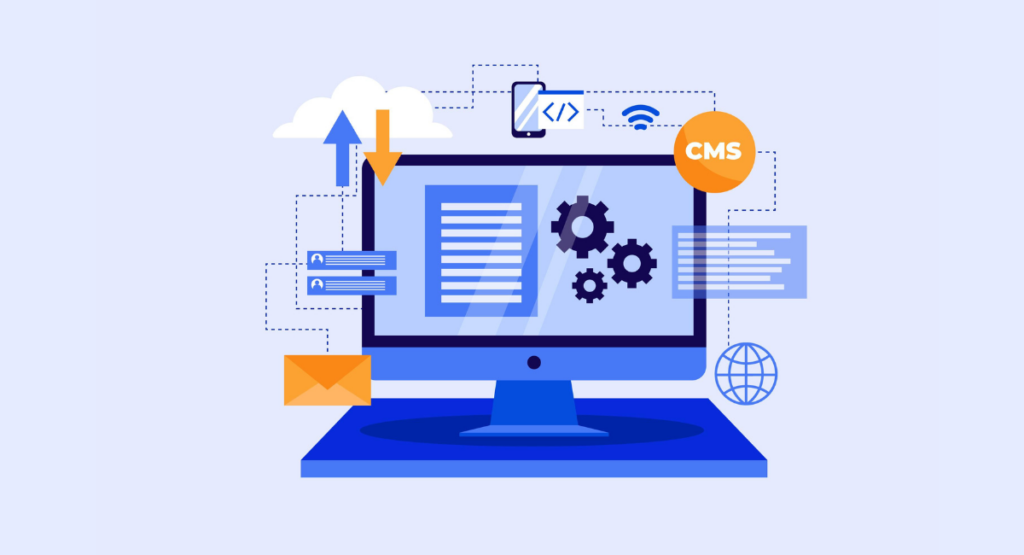Functional testing is the phase of the software development process that is primarily concerned with making sure that the software system is built in accordance with the specified requirements.
It ensures high-quality software by validating it for desired functionalities. In this kind of testing, features, behavior of the system, and operational abilities of the software are checked to ensure that it can be rolled out for practical use.
This process will lead the developer to avoid expensive bugs and user disappointment after launch, hence ensuring the software meets both the design specification and user expectations.
Understanding Functional Testing

Definition of Functional Testing
Functional testing is a software testing technique for the validation of a software system against the functional requirements/specifications.
This testing is executed to test every function of the software application by providing appropriate input and verifying the output against the functional requirements.
This testing method checks the User Interface, APIs, Databases, Security, Client/Server applications, and the functionality of the Application Under Test. Either way, it may be manual or automation testing.
Importance of Functional Testing in Software Development
Functional testing is important because it checks whether the software can run all its specified or desired functionalities amidst real-world scenarios and user conditions.
It confirms whether the software behaves as it should and meets the specified requirements detailed by the client or stakeholders. This testing phase acts as a UAT that diligently tests the system to provide a quality product free of errors and functioning in the manner it is supposed to.
Functional testing thus aids in preventing bugs and defects from making their way into live environments, and hence saves the organization from future troubles and costs associated with issues that turn up after launch.
Benefits of Functional Testing

Ensuring Software Quality
Functional testing gives stakeholders confidence in the high quality of a software product since it involves rigorous testing of the functions of the application against specified requirements.
Quality software enhances customer satisfaction and its trust, thereby improving corporate credibility and competitive advantage.
Identifying Bugs and Defects
Among other critical benefits, the importance of functional testing lies in discovering as early as possible any possible error or bug in the functionality of the software that may hamper its functioning.
Early bug detection lowers the cost of its fixing and averts slippage of a product's release schedule. Early and more intensive testing means fewer surprises at deployment time, hence reducing the risk of failure and increasing system stability.
Improving User Experience
Functional testing fine-tunes and improves the user experience while using a software product. It makes this application friendly, easy to use, and reliably performs expected functions directly to affect user satisfaction.
Since it focuses on every functional aspect of the application, one can go ahead and modify whatever is necessary to increase its usability, leading to a more engaging and satisfying interaction of the user with the product.
Strategies for Effective Functional Testing
Test Planning and Design
The success in functional testing lies in the proper planning and design because it sets the foundation for the whole testing process.
First of all, the testing team should understand what the application requires to be done in order to identify the most critical functionality to be tested. Then the detailed test plan has to be developed.
The document should describe the scope of testing, test objectives, environment requirements, test criteria, and risk assessment. The next step in the testing process is designing test cases, trying to think of all the different aspects of application functionality to ensure that every function works as expected under different conditions.
Test Execution and Reporting
Test execution involves running the prepared test cases to detect any deviations in expected and observed behavior. The effective execution should, in a systematic manner, be recorded, monitoring the success or failure of each test, thus helping in the identification of issues and quality measurement.
All the findings from testing need to be compiled into comprehensive test reports at the end. Such reports should give insight into the functions tested, point out defects or problem areas, and assist stakeholders in making informed decisions about release readiness and quality.
Test Automation Tools
Functional testing is all about efficiency and effectiveness if you are using the appropriate tools. The speed boost, reduction in manual effort, and improvement in repeatability can be achieved by the automation test tools.
Related to this, in terms of popularity, are Selenium, which supports a variety of browsers and platforms, and TestComplete, a very strong tool in testing and very user-friendly in its interface.
The proper choice of tool, on the basis of your project needs, could make all the difference for the success of your test phase.
The Role of Automation in Functional Testing
Advantages of Test Automation
There are several advantages that one can get from implementing automation in functional testing. First, it provides a high speed in the execution of tests and allows more tests in less time.
Automation also improves accuracy in testing, reducing the occurrence of human error during repetitive scenarios of testing. Also, the automated tests are reusable and can be easily adapted to different cases, making them cost-effective to be run across many project cycles.
Lastly, automation helps in building a Continuous Integration and Continuous Delivery pipeline that supports faster deployment cycles and stable product release.
Popular Automation Tools for Functional Testing
Many tools are in wide usage to automate functional testing because of their efficiency and effectiveness. Selenium seems to be the most versatile tool when working with different operating systems and browsers.
QTP, now called UFT (Unified Functional Testing), is another very important and feature-rich tool in testing web-based applications. Some other examples include Robot Framework, a keyword-driven approach tool, and TestComplete, supporting script and keyword-driven test automation strategies.
The choice of tool will be mostly driven by the needs of a specific project and skills in a team, together with budget constraints.
Challenges and Considerations in Test Automation
While test automation may bring about a number of benefits, associated with it are challenges that must be dealt with carefully. One of the major problems is the upfront cost for setting up effective automation tools and the training of team members in using these tools effectively.
Furthermore, maintenance and updating of test scripts are time-consuming in view of software changes. Choosing the right tool that is well-suited to existing systems and aligns with your team's expertise is important.
Quality and accuracy in test automation also include constant monitoring and adjusting, depending on feedback and outcomes.
Best Practices for Functional Testing
Collaborative Testing Approach
Such a collaborative approach to functional testing will indeed bring about very good software testing effectiveness. This means involving several team members, such as developers and testers, and even some user representatives, to review and test the software from different perspectives.
Collaboration enables the detection of more issues before release, as the various perspectives provide insight into various problems. The important practices supporting this are regular communication, common tools for issue tracking, and a jointly conducted decision-making process.
H1260: Continuous Testing Integration
Another best practice of functional testing is to integrate continuous testing into the development process. This means that, at every stage of software development and whenever changes are made, tests will be run automatically.
In this way, defects will be detected and worked on early enough, cutting down the time and cost associated with bug fixing in later stages. Continuous testing integration utilizes automated testing tools in keeping the product ready for deployment anytime.
Regression Testing Importance
Regular regression testing is crucial for maintaining the integrity of software over time. It ensures that new changes do not adversely affect existing functionalities. Best practices for regression testing include:
- Creating a comprehensive test suite that covers all features.
- Automating regression tests to ensure they are conducted efficiently and consistently.
- Scheduling regular test runs after each update to catch any discrepancies early. By focusing on these approaches, developers can avoid potential setbacks caused by overlooked defects in previously tested software.
Book a Demo and experience ContextQA testing tool in action with a complimentary, no-obligation session tailored to your business needs.
Conclusion
Functional testing is one of the building blocks in the software development lifecycle, which plays a very fundamental role in ensuring the software does what it is supposed to do according to the specified requirements and works fine with end-users.
It means checking every function and operational behavior in detail for the sake of quality and performance and to strengthen the overall stability before it is launched into the market.
Systematic functional tests that are integrated into the development process can help an organization improve user satisfaction significantly and thereby maintain a competitive advantage in the marketplace.
Testing automation saves one a great deal of time. More frequent and better testing ends up giving way to a robust product.
Also Read - Using ML to find value in your automated tests
We make it easy to get started with the ContextQA tool: Start Free Trial.
